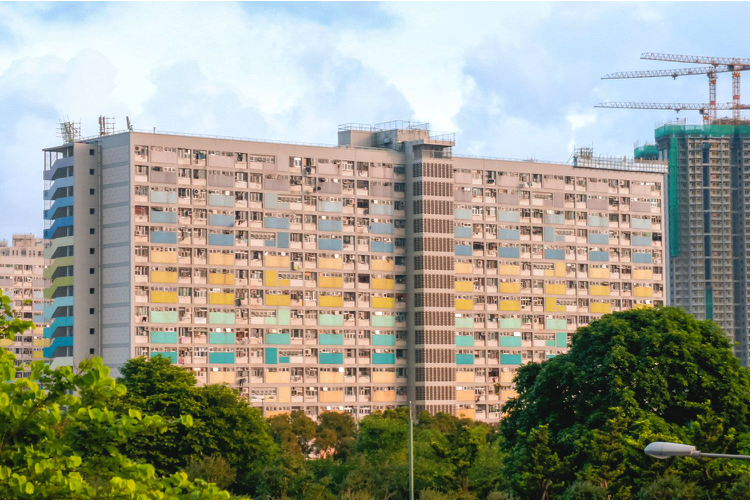For our first session on design, our lecture was on Principles of design. The five principles are Balance, Movement and Rhythm, Pattern, Emphasis, and Unity.
I understood this as the most important aspect of design. Some designs follow all five principles, and some may only include one. However, I believe that a design must have at least one of these principles.
My personal favourites would be Movement & Rhythm, and also Pattern. As an example for both Movement & Rhythm and pattern, architecture was used. I really liked the photos of buildings, so decided to find a few I really liked, especially ones that had the elements of Pattern and Movement and Rhythm.
The first picture is by Michael Paul Lewis, an Architectural Illustrator based in Bristol. The illustration is of the Royal Crescent, which is a row of 30 houses shaped in a crescent, and a rhythm of 114 ionic columns. Designed by John Woods, it is seen as one of the greatest examples of Georgian Architecture.
The next photo is by Agota Kadar, a Travel and Architecture photographer, based in Vienna. She had taken a photo of the Jacob and Wilhelm Grimm Centre, which is in Berlin. It is Germany’s largest open-shelving library and is the library for Humboldt University. It is a massive total of 38 storeys high.
The third photo is by Paul Green, another photographer from Bristol. This photo is of a building in Sydney, Australia. I really liked the concept of taking the photo from a low angle, since (at least for me anyway) it looks as if the buildings are towering over the viewer, almost closing in on them. As soon as I saw this picture, it reminded me of the film Inception and the idea of feeling like I’m in a dream.
Last but not least, the fourth photo is of the Choi Hung (rainbow) estate block in Hong Kong. Built-in 1964, this estate, along with basketball courts, was made to provide affordable housing for people in the area. Decades later, as well as housing thousands of people, it has now become a popular Instagram spot for tourists.
The reason behind choosing these particular photos is due to the symmetry that they have (exception being the third photo which has three buildings as opposed to two or four). They are all made up of the repetition of shapes, lines, which has created a man-made pattern. Some of the buildings also have colour, which adds even more of perception to them, and is overall aesthetically pleasing.
References
Michael Paul Lewis
https://www.michaelpaullewis.com
Agota Kadar
https://www.instagram.com/agota_kadar
https://www.architonic.com/en/project/max-dudler-jacob-and-wilhelm-grimm-centre/5103579
Paul Green
https://www.theblondeabroad.com/how-to-find-choi-hung-estate-basketball-court-in-hong-kong/
Nolan, C. (2010), Inception, Warner Bros. Pictures, United States, United Kingdom




Comments
Post a Comment